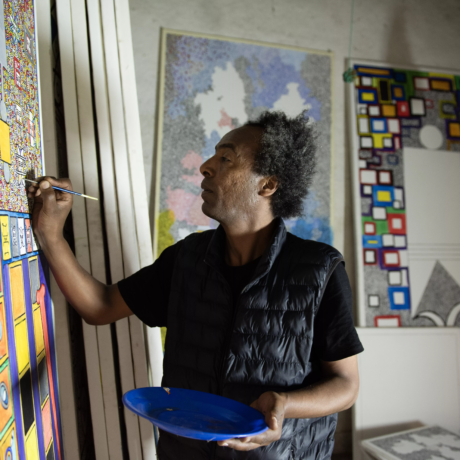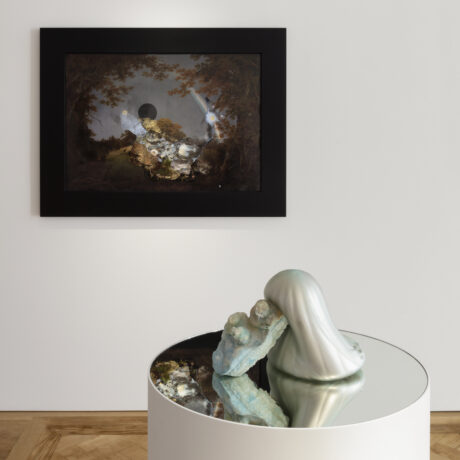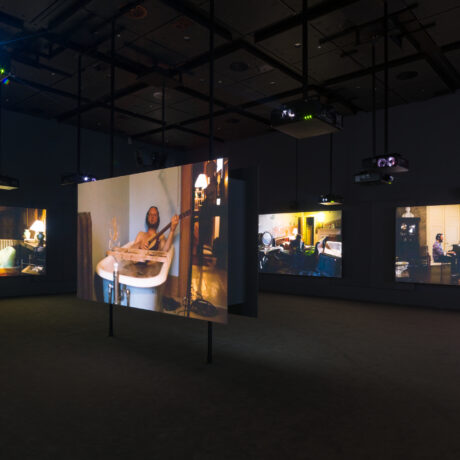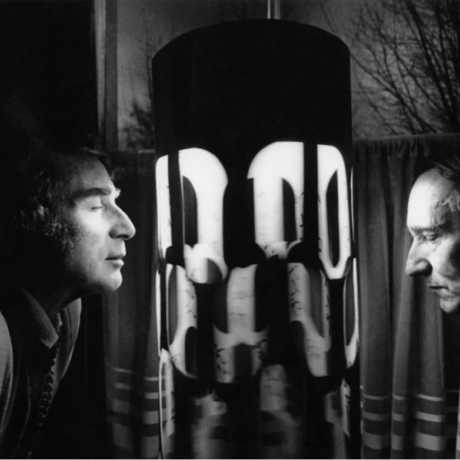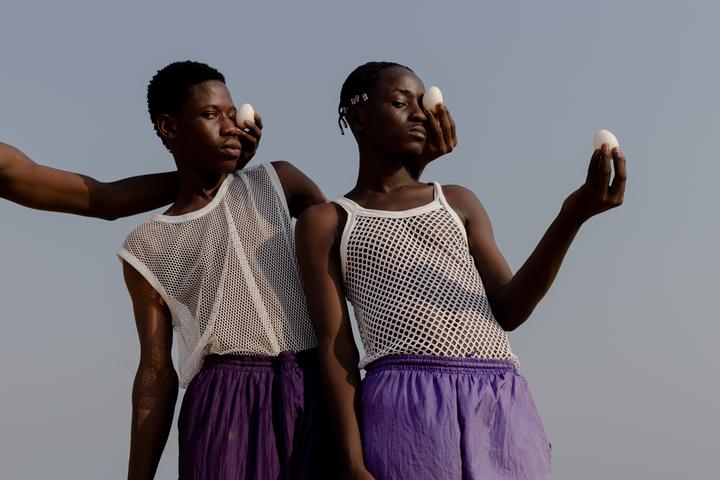
Allowing people from across the art world and beyond to tell the story of the lasting effect a work has had on them has produced some of Elephant’s most powerful pieces. This Artwork Changed My Life covers not only a vast range of art, but also a vast range of human experience from the bleak to the hopeful, the humorous to the thoughtful, the deeply personal to the gently self-mocking. Below we list 10 off the most memorable pieces from this year.
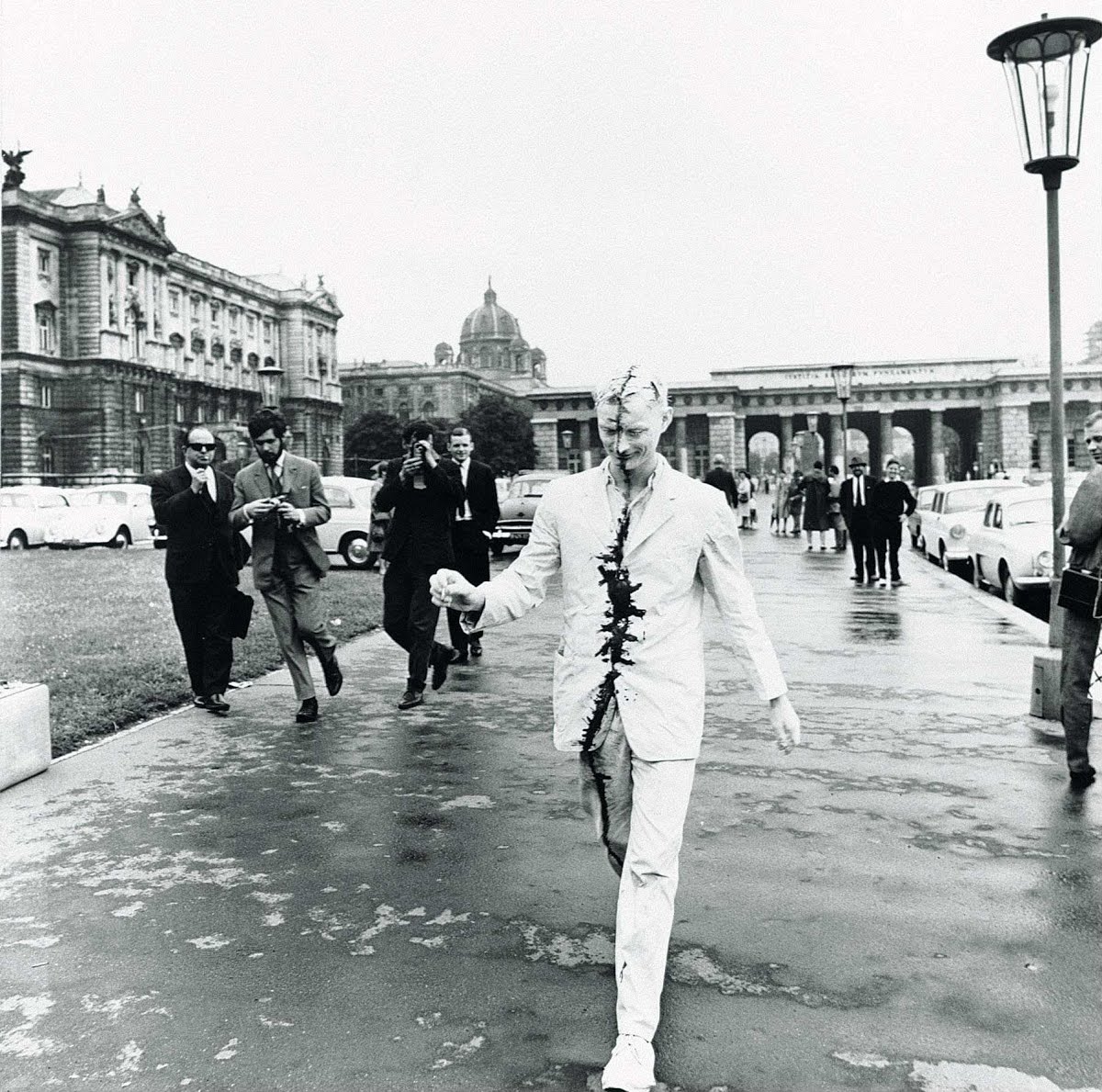
How Günter Brus’ Self Painting Showed Me Life’s Psychotic Duality
Writer and novelist Megan Nolan felt excluded from art until she discovered the Austrian artist’s powerful performance pieces. “The images of Günter Brus were intoxicating, the immediacy and undeniability of their effect on me… In Self Painting the hideous welding and incompetent sewing required to maintain personhood is laid bare.”

Did Monet’s Waterloo Bridge Shape My Career as an Art Critic?
“My dad will tell how I pointed at a Monet and said ‘I can do better than that!’” Artist and writer Zarina Muhammad wonders if a childhood encounter with impressionism really did put her life on a new path, directing her towards a career in art criticism.
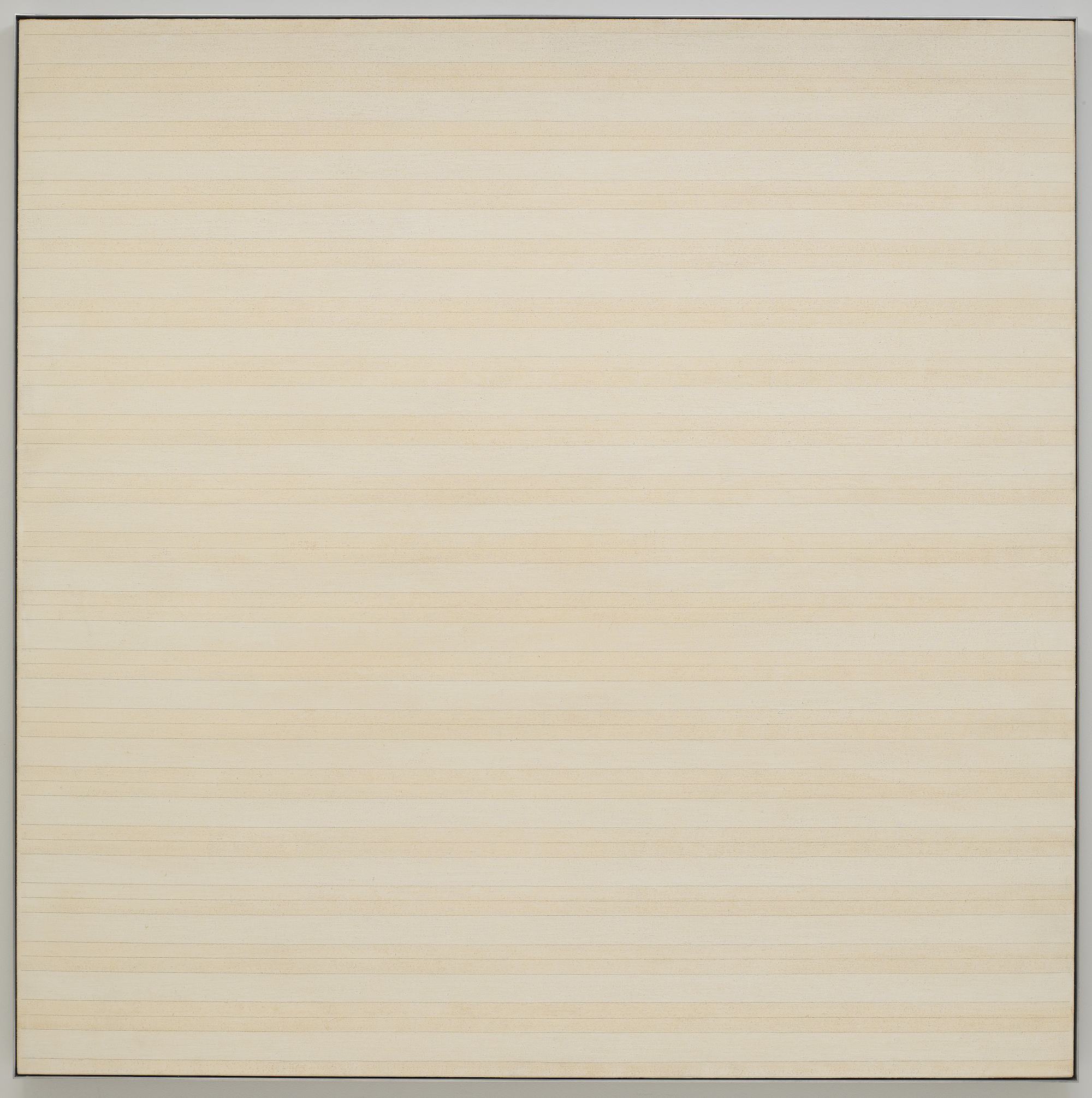
How Agnes Martin’s Desert Flower Gave Me the Peace and Reconciliation I Needed
The painter’s work created an oasis of calm that allowed writer Ava Wong Davies to reconnect with her distant elderly father. “Martin’s grids are guiding lines, a steady, low constant, like a warm hand resting on the back of your neck. Looking at them in the museum, the pressure on my temples had eased. Martin had granted me some modicum of peace…”
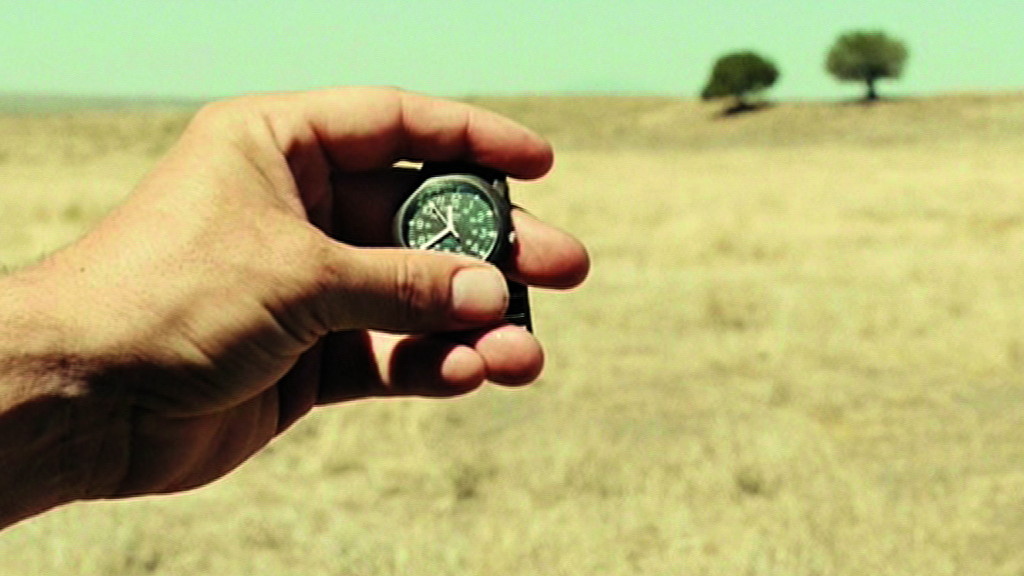
How Christian Marclay’s The Clock Reset My Relationship with Time
Bolting together snippets of clocks and watches from across cinematic history, the epic 24-hour film collage taught journalist Ana Kinsella the value of the hours, minutes and seconds of her life. “Marclay’s narrative, if there is one, is about time itself, and in my own life I am also constantly trying to find through-lines, red threads that link the disparate events, chaos and nonsense I am always living through.”

Hannah Höch’s Collage Helped Me Cut Up My Own Relationship to Art and Life
“The figure’s expression is both joyful and bizarre. Its dumbness, and cartoonish full-body-face, tickles me” Displaying one of the German Dadaist’s photographs on her office door allowed poet and writer Holly Pester to poke fun at institutional existence: “As a picture labelling my office it more than adequately represents the hysterical, worked-maddened, yet overindulged profile of any university’s academic staff.”
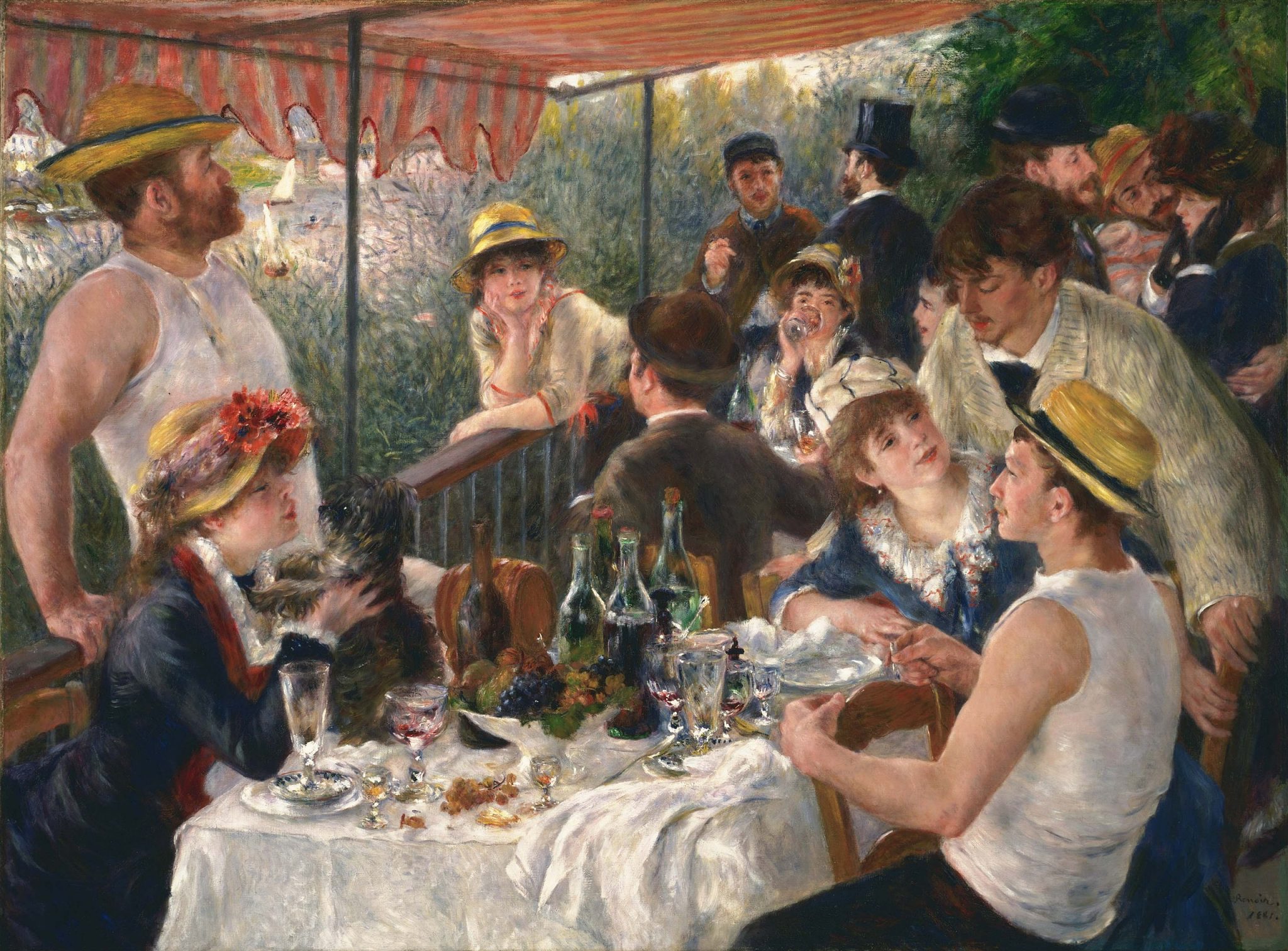
How I Learned Not to Worry About Being Cool and Fell in Love with Renoir Again
Holly Williams adored the impressionist’s Luncheon of the Boating Party as a child, but letting it back into her life as a grown-up was a struggle. “I had the creeping sense that my favourite painting was deeply, woefully uncool… I didn’t want to have Luncheon on my wall. In case people thought I had bad taste.”

Rauschenberg’s Mud Muse Taught Me to Find Cohesion Even Amidst Chaos
Developed in 1971, the bubbling Mud Muse was a utopian collision of art and industry. For artist and musician Paul Purgas, it represents a cyclic lament for a future that never happened. “It rose to the surface of my hopeful retrospection as an irreverent beacon, a mythical pulsating synthesis of possibility… The sleekness and sculptural precision was in stark contrast to the flatulent and unashamedly biological nature of the work.”
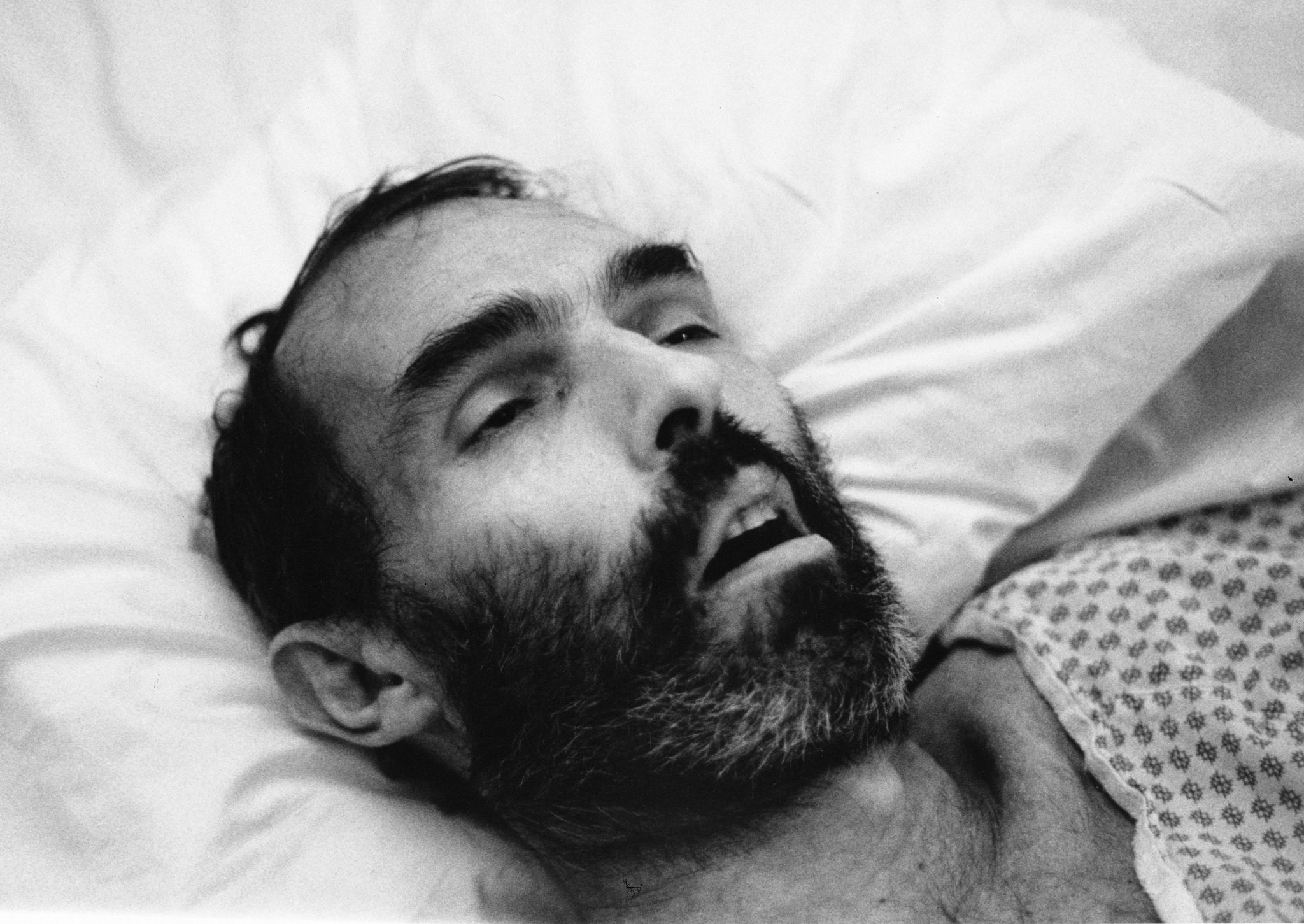
How David Wojnarowicz’s Photographs Helped Me Overcome My Grief
“This photograph mapped the trajectory of my grief. It came to me in dreams…” After her mother died, writer and curator Tess Charnley used the artist’s images of Peter Hujar at the moment of his death to chart a course through loss. “The photographs are confronting and visceral but so is death…”

How This Gay Indian Erotica Helped Me Escape the Sexual Shame I Grew Up With
“I was brought up in an Indian family to believe that sex is shameful and so are our bodies… This piece was an important revelation in my understanding of who I am.” Stumbling across a sample of anonymous queer art helped writer Sharan Dhaliwal finally embrace her own wants and needs.

How I Was Seduced by the Cinematic Glamour of Guy Bourdin’s Photography
Images like Woman With A Portrait of John Travolta pulled writer Abbey Bender into an over-the-top world of style and fashion. “The intersection of art and commerce reached its zenith in Bourdin’s imagery… It all felt like the height of a nostalgic glamour that I badly wanted to experience as a lonesome high schooler.”
